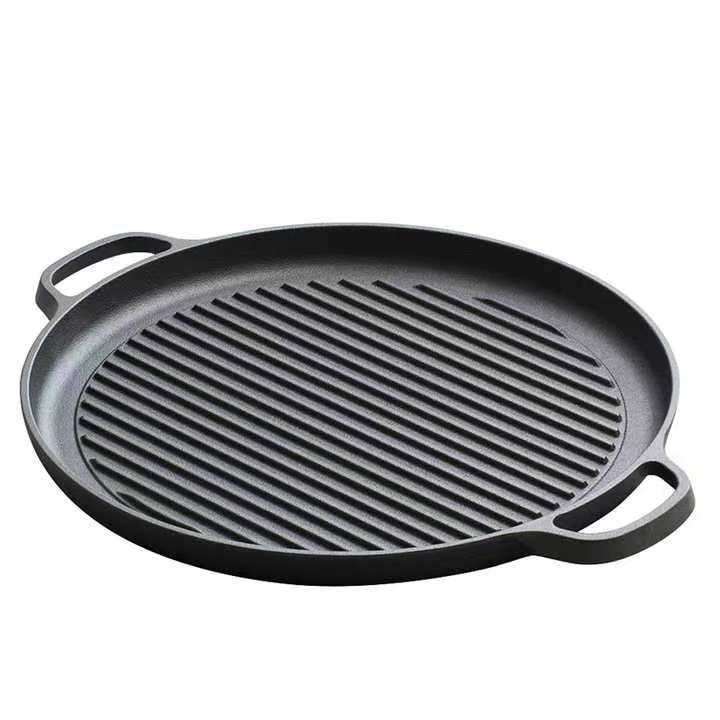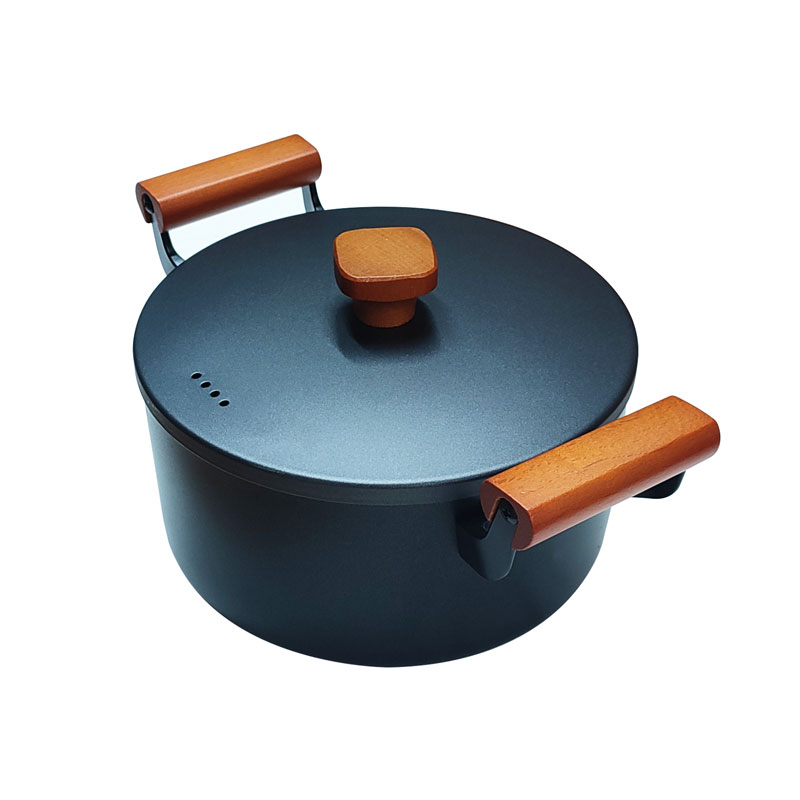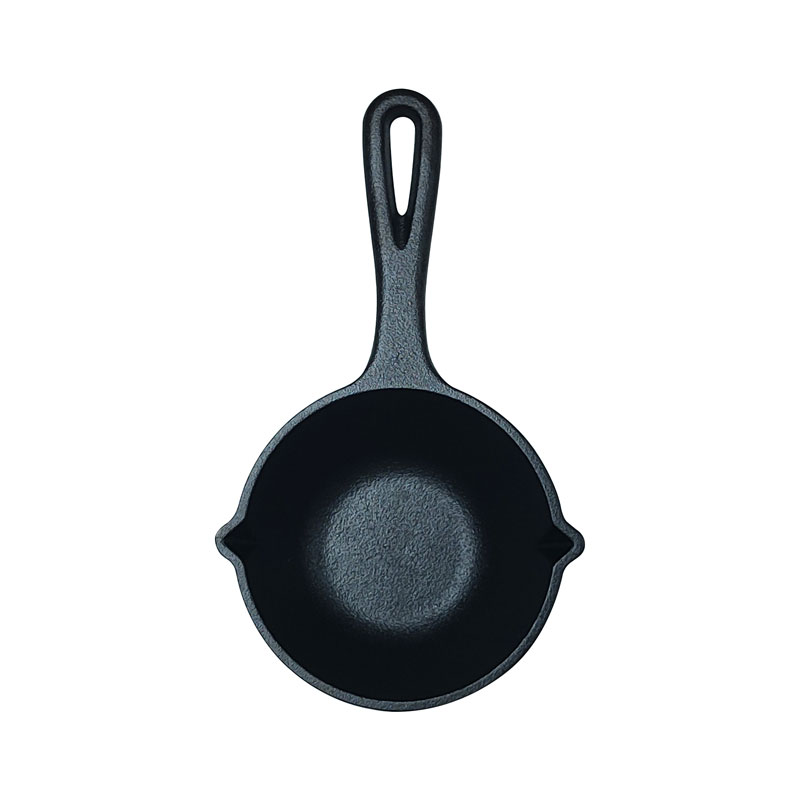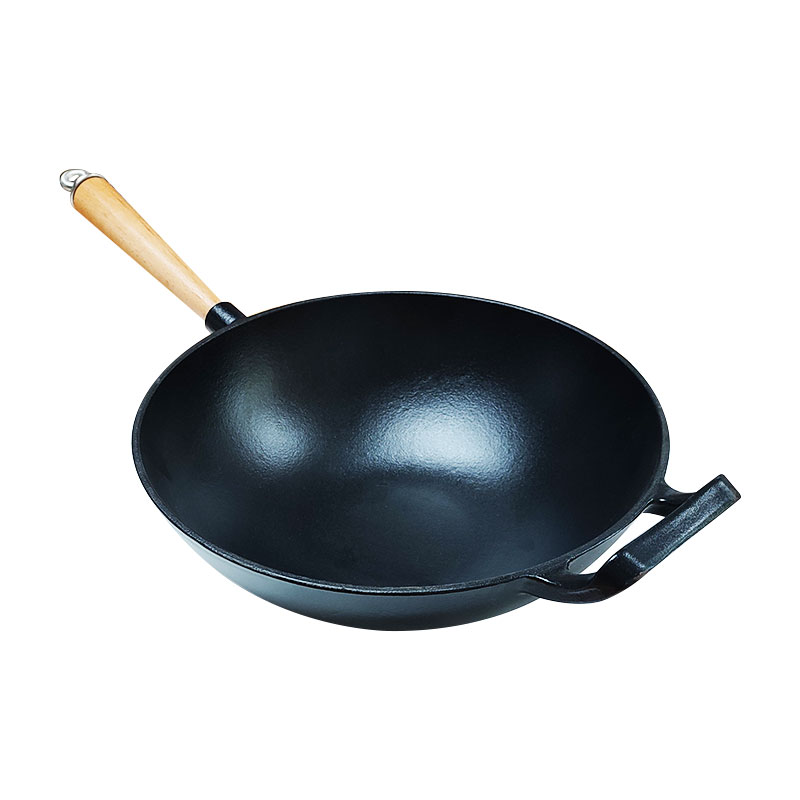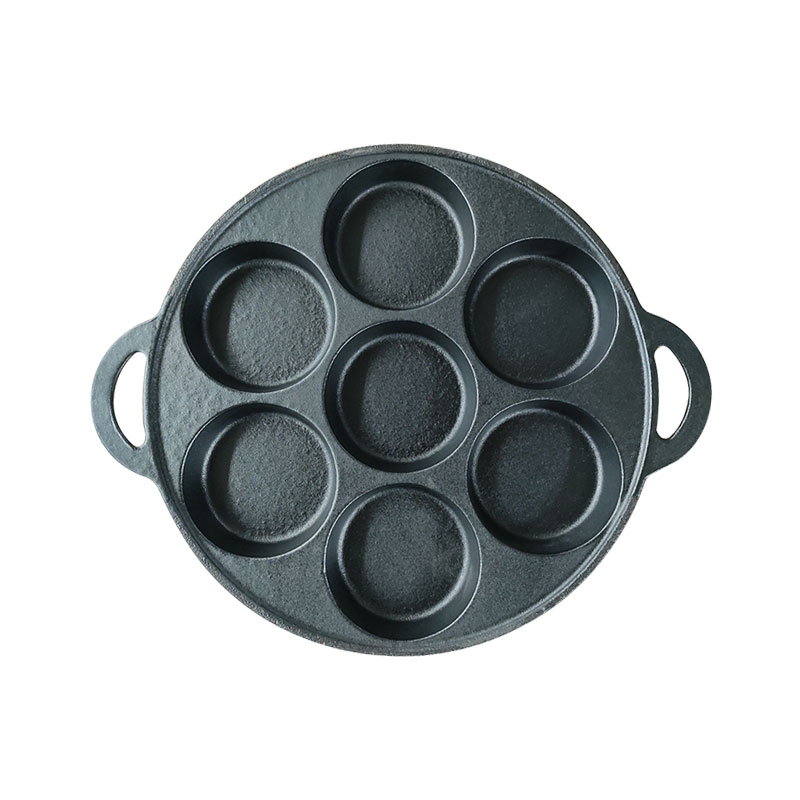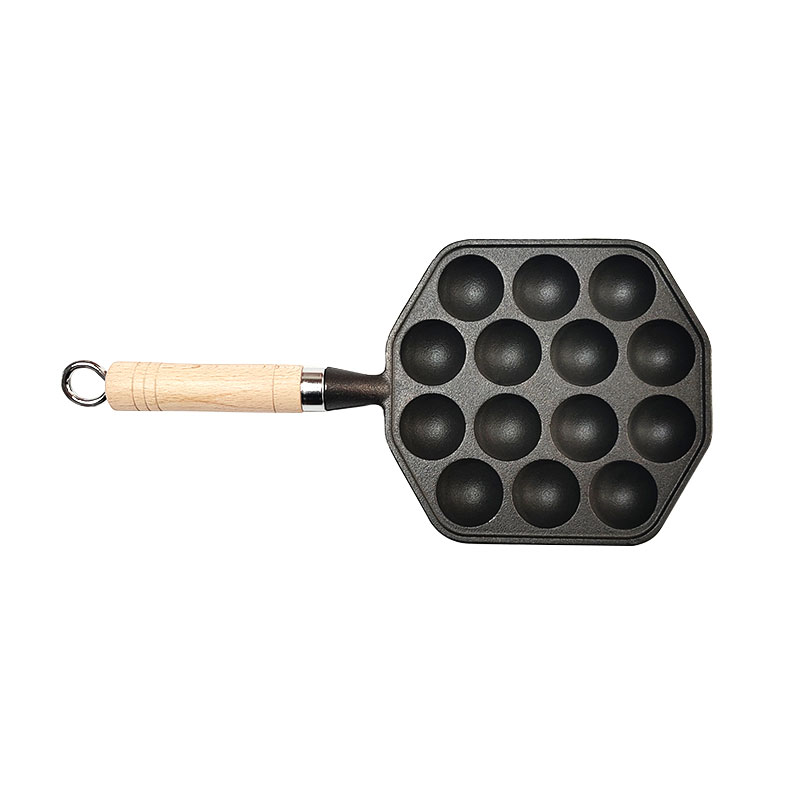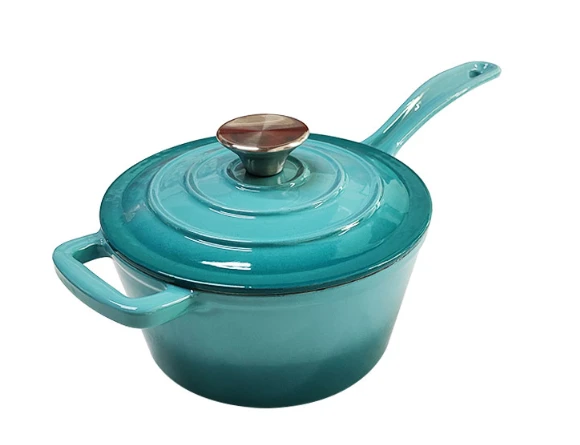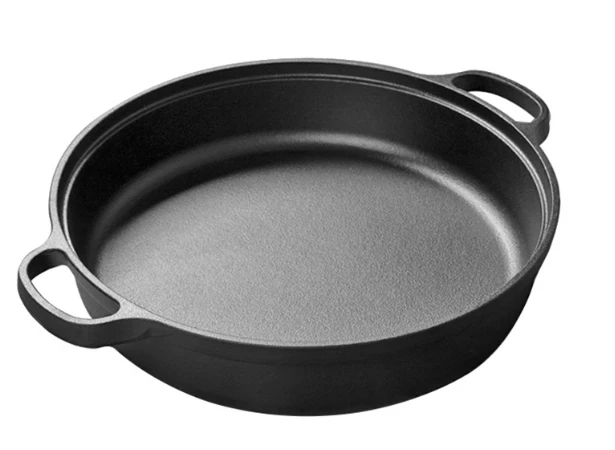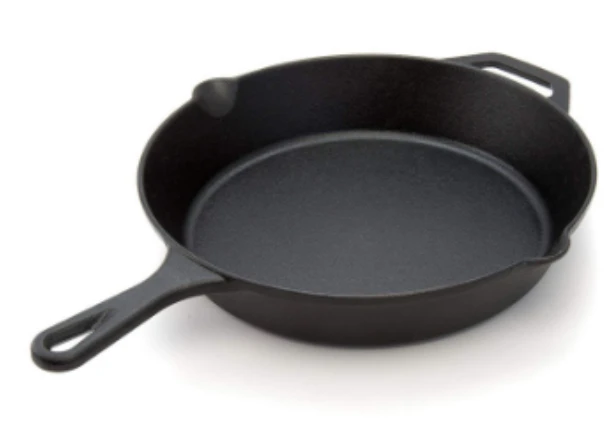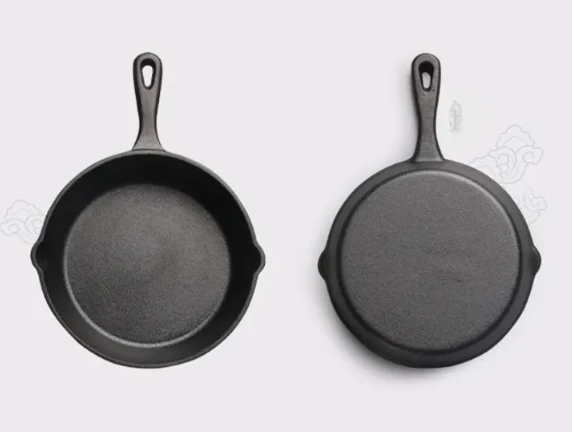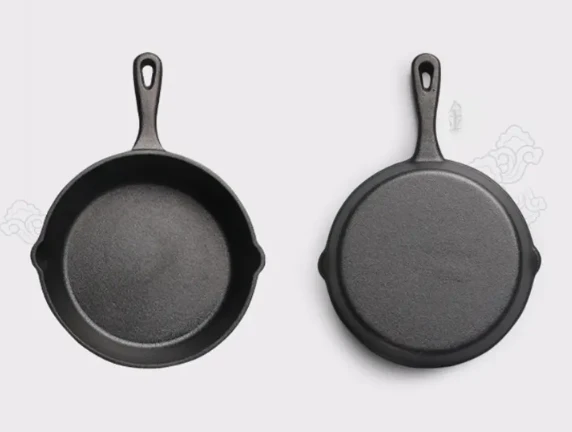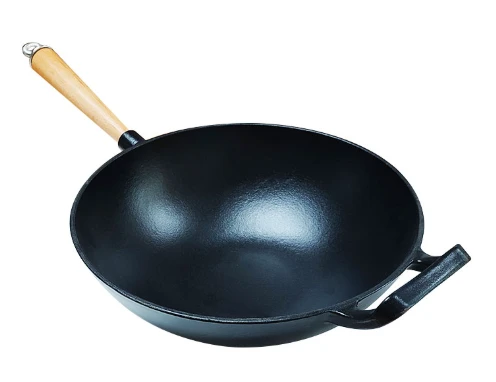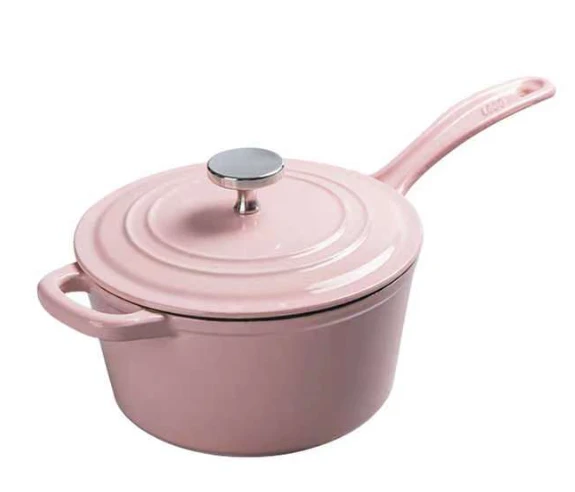- umAfrika
- Albanian
- Amharic
- IsiArabhu
- Armenian
- IsiAzerbaijani
- Basque
- IsiBhelarushiyen
- Bengali
- Bosnian
- Bulgarian
- isiKhathalan
- Cebuano
- isiKhorsikhen
- Croatian
- Czech
- Danish
- IsiDatshi
- IsiNgesi
- isiEsperanto
- Estonian
- Finnish
- IsiFrentshi
- IsiFrisian
- Galician
- Georgian
- IsiJamani
- IsiGrike
- Gujarati
- isiKriyoli saseHayiti
- Hausa
- isiHawayi
- IsiHebhere
- Hayi
- Miao
- Hungarian
- Iceland
- igbo
- Indonesian
- Irish
- IsiTaliyani
- IsiJaphani
- Javanese
- Kannada
- isiKazakh
- Khmer
- isiRwanda
- Korean
- isiKhudish
- isiKyrgyz
- Umsebenzi
- isiLatini
- Latvian
- isiLithuwaniya
- isiLuksembogu
- Mecedonian
- IsiMalagasy
- Malay
- Malayalam
- Maltese
- isiMawori
- Marathi
- isiMongoliya
- Miyanimar
- Nepali
- Norwegian
- Norwegian
- Occitan
- isiPhashto
- Persian
- Polish
- IsiPhuthukezi
- isiPhunjabi
- Romanian
- Russian
- isiSamoa
- IsiGaelic saseScottish
- isiSebhiya
- IsiNgesi
- IsiShona
- Sindhi
- IsiSinhala
- Slovak
- Slovenian
- isiSomali
- Spanish
- IsiSundanese
- Swahili
- Swedish
- Tagolog
- IsiTajik
- Tamil
- IsiTatar
- Telugu
- IsiThai
- IsiTurkey
- isiTurkmen
- Isi-Ukraine
- IsiUrdu
- Uighur
- IsiUzbek
- IsiVietnamese
- IsiWelsh
- Nceda
- Yiddish
- IsiYoruba
Pre-Seasoned Cast Iron Egg Frying Pan FAQ Guide
Is This Cast Iron Skillet Really Non-Stick?


Yes, it is pre-seasoned with natural oils, creating a non-stick surface that improves with continued use and proper care.
What Size Is This Skillet and How Many Eggs Can It Cook?


Sizes vary by model, but most are designed to cook 1 to 3 eggs at once—ideal for personal or small-batch cooking.
Can I Use This Skillet on All Heat Sources?


Yes, the skillet is compatible with induction, gas, electric, ceramic cooktops, and is also oven-safe (handle material permitting).
How Should I Clean the Pan Without Damaging the Seasoning?


Clean with warm water and a soft sponge. Avoid using soap or dishwasher. Dry immediately and apply a thin layer of oil after each use.
Is This Skillet Suitable for Wholesale or Custom Branding?


Yes, it’s available for bulk orders and supports custom logo branding, packaging, and labeling for retailers or promotional use.


Buza ngoku malunga neCast Iron Cookware Deals
Nceda ugcwalise iFomu engezantsi kwaye iQela lethu liza kubuyela kuwe ngeXabiso, iinkcukacha zeMveliso, kunye noKhetho loLungiso.










